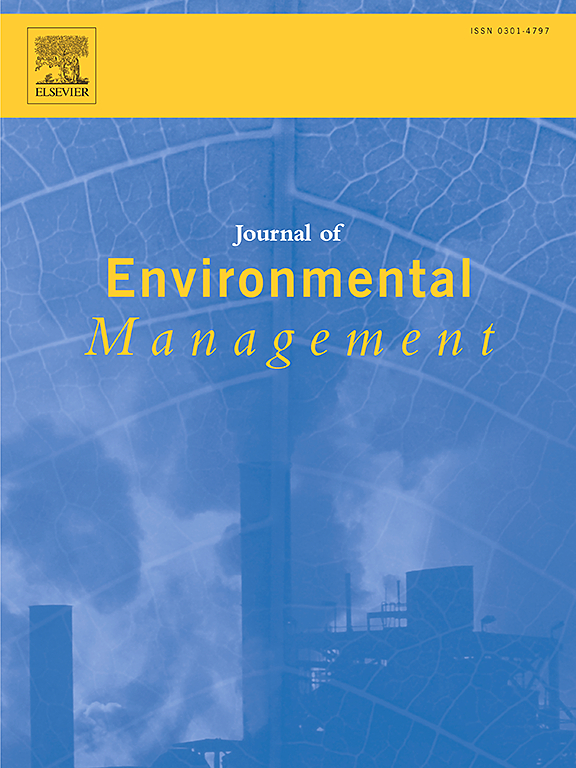Analysis of biological treatment technologies, their present infrastructures and suitability for biodegradable food packaging - A review
IF 8
2区 环境科学与生态学
Q1 ENVIRONMENTAL SCIENCES
引用次数: 0
Abstract
Recently, there has been an increased demand for biodegradable plastics in the food packaging industry, especially for highly food soiled packaging items containing food/beverage solids that will not be recycled using a non-biological process. However, the increased usage of those materials have also raised concerns and confusion, as a major part of these biodegradable plastics are not effectively separated nor recycled. The lack of acceptance in recycling facilities, related to confusion with their conventional polymers counterparts, as well as short retention times of recycling facilities, often incompatible with the degradation kinetics of biodegradable plastics, stand as the major drawbacks for bioplastics treatment. Additionally, the presence of incompletely biodegraded bioplastics during biological treatments or in the final products i.e. compost or digestate, could lead to process failure or limit the commercialization of the compost. This work critically reviews the fundamentals of the biological treatments, anaerobic digestion and composting processes, and discusses the current strategies to improve their performance. In addition, this work summarizes the state-of-the-art knowledge and the impact of bioplastics on full-scale treatment plants. Finally, an overview of the current installed treatment capacity is given to show the areas of opportunity that can be improved and exploited to achieve a better waste management of biodegradable plastics.

求助全文
约1分钟内获得全文
求助全文
来源期刊

Journal of Environmental Management
环境科学-环境科学
CiteScore
13.70
自引率
5.70%
发文量
2477
审稿时长
84 days
期刊介绍:
The Journal of Environmental Management is a journal for the publication of peer reviewed, original research for all aspects of management and the managed use of the environment, both natural and man-made.Critical review articles are also welcome; submission of these is strongly encouraged.
 求助内容:
求助内容: 应助结果提醒方式:
应助结果提醒方式:


